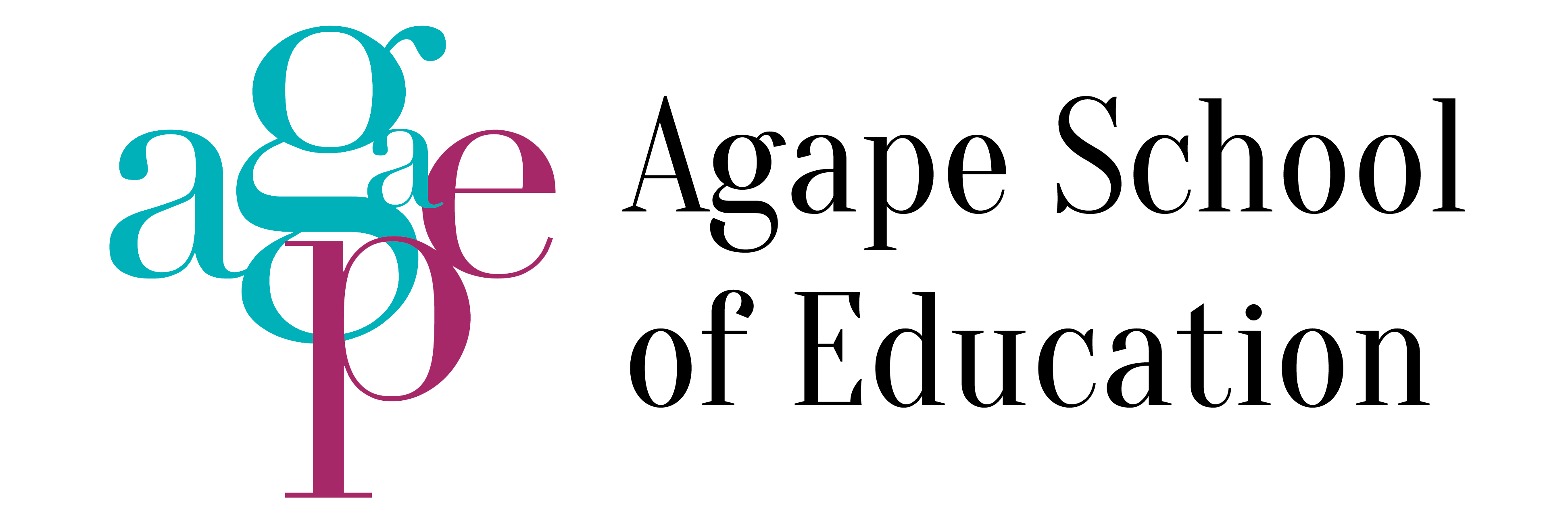In general terms, illiteracy is an inability to use language, namely an inability to read, write, listen and speak. Today, it is usually taken to mean being unable to read and write at a level adequate for written communication or at a level that will allow an individual to function at certain levels of society. In the simplest of terms, illiteracy is the opposite of literacy.
In some societies, the standards for what constitute literacy are different from others. For example, some cultures believe that only people with skills such as computers skills and basic numeracy may be considered literate. This takes into account the fact that there are people who can add and subtract but can’t read letters as well as people who can learn to use a computer to a limited extent but may still not be able to read the text. One example is Scotland, which defines literacy as: “The ability to read and write and use numeracy, to handle information, to express ideas and opinions, to make decisions and solve problems, as family members, workers, citizens and lifelong learners.” That’s probably as specific as you can get in defining what literacy is all about.
 On a global level, analysts and policy makers consider illiteracy rates as an important factor in a country’s or a region’s “human capital,” and with good reason, as it turns out. Based on numerous studies into this area, they conclude that literate people are easier and less expensive to train and have broader job opportunities and access to higher education. In Kerala, India, for example, female and child mortality rates declined dramatically in the 1960s, after girls who had been schooled to literacy in the education reforms after 1948 began to raise families. There are recent findings, however, that raise questions on correlations such as the one listed above, arguing that these may have more to do with the effects of schooling rather than literacy in general.
On a global level, analysts and policy makers consider illiteracy rates as an important factor in a country’s or a region’s “human capital,” and with good reason, as it turns out. Based on numerous studies into this area, they conclude that literate people are easier and less expensive to train and have broader job opportunities and access to higher education. In Kerala, India, for example, female and child mortality rates declined dramatically in the 1960s, after girls who had been schooled to literacy in the education reforms after 1948 began to raise families. There are recent findings, however, that raise questions on correlations such as the one listed above, arguing that these may have more to do with the effects of schooling rather than literacy in general.
Illiteracy rates are highest among developing countries, especially those in the South Asian, Arab and Sub-Saharan African regions where illiteracy is prevalent among 40 to 50% of populations. The East Asian and Latin American regions also have relatively high illiteracy rates ranging from 10 to 15%. In contrast, the illiteracy rate in developed countries is only a few percent. However, it is important to note that illiteracy rates vary widely from country to country and often are directly proportionate to a country’s wealth or urbanisation level, although many other factors play a determining role.



0 Comments